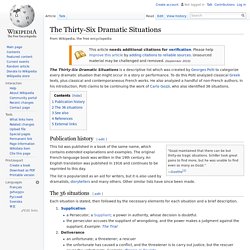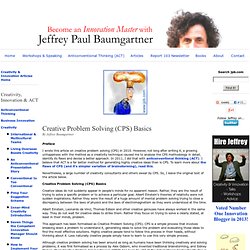

The Engineering Design Process. The engineering design process is a series of steps that engineering teams use to guide them as they solve problems.

Anyone can do it! To determine how to build something (skyscraper, amusement park ride, bicycle, music player), engineers gather information and conduct research to understand the needs of the challenge to be addressed. Then they brainstorm many imaginative possible solutions. They select the most promising idea and embark upon a design that includes drawings, and analytical decisions on the materials and construction, manufacturing and fabrication technologies to use. They create and test many prototypes, making improvements until the product design is good enough to meet their needs. Engineers design and build all types of structures, systems and products that are important in our everyday lives.
Understand the need: What is the problem? Engineers use their science and math knowledge to explore all possible options and compare many design ideas. DS_Invent_DesignProcess_Poster_ENG. Creating Minds tools. Creative Gibberish. Divergent thinking – more than a mere tool – is a technique very commonly used on creative activities because it allows us to expand our brains a little bit, by looking for new opportunities and ways of getting things done.

So, from the problem – or whatever triggers your creativity – to the solution, instead of taking obvious steps and walking on a straight line, you force yourself to see different aspects of the situation, using unusual points of view, no matter how abstract of absurd they seem at the first place. This can be done by allowing everyone to think more freely while working on the task, gathering ideas that have the slightest relation to the problem itself rather than looking straight for a practical solution. Though it might sound like a waste of time, many corporations have found appealing answers to their problems by using such method. Another misconception around the divergent thinking is that the creative process should be all about it. How to Memorize Anything. In college, I memorized 7 chapters of my psychology textbook — over 23,000 words.

Yes, I could actually recite the entire 7 chapters to anyone willing to listen. Why did I do this? My professor had challenged me with two statements on the first day of class: 1) No student had ever aced his introductory exam; and 2) all the answers could be found in the first 7 chapters of the textbook. Determined to be the first student to ace his test, I memorized all 7 chapters. If you’re looking for a way to increase the capacity of your memory or pass a test, you don’t need to memorize 23,000 words. First, use a pencil or word processor (I prefer the latter because it’s faster) to type, in complete sentences, any fact you think might appear on the test. After a study session, take a quick nap. I eventually became so good at this technique that I could complete all my studying for any information heavy mid-term or final exam in less than 6 hours.
The Thirty-Six Dramatic Situations. The Thirty-Six Dramatic Situations is a descriptive list which was created by Georges Polti to categorize every dramatic situation that might occur in a story or performance.

To do this Polti analyzed classical Greek texts, plus classical and contemporaneous French works. He also analyzed a handful of non-French authors. In his introduction, Polti claims to be continuing the work of Carlo Gozzi, who also identified 36 situations. Publication history[edit] “Gozzi maintained that there can be but thirty-six tragic situations. This list was published in a book of the same name, which contains extended explanations and examples. The list is popularized as an aid for writers, but it is also used by dramatists, storytellers and many others. The 36 situations[edit] Each situation is stated, then followed by the necessary elements for each situation and a brief description.
Creative Problem Solving Basics: the technique. Preface I wrote this article on creative problem solving (CPS) in 2010.

However, not long after writing it, a growing unhappiness with the method as a creativity technique caused me to analyse the CPS methodology in detail, identify its flaws and devise a better approach. In 2011, I did that with anticonventional thinking (ACT). I believe that ACT is a far better method for generating highly creative ideas than is CPS. To learn more about the flaws of CPS (and it's simpler variation of brainstorming), read this. Nevertheless, a large number of creativity consultants and others swear by CPS.
Creative Problem Solving (CPS) Basics Creative ideas do not suddenly appear in people's minds for no apparent reason. Albert Einstein, Leonardo da Vinci, Thomas Edison and other creative geniuses have always worked in the same way. This approach has been formalised as Creative Problem Solving (CPS). However, there are numerous different approaches to CPS. CPS Steps 1. Five Whys And More Questions Criteria.